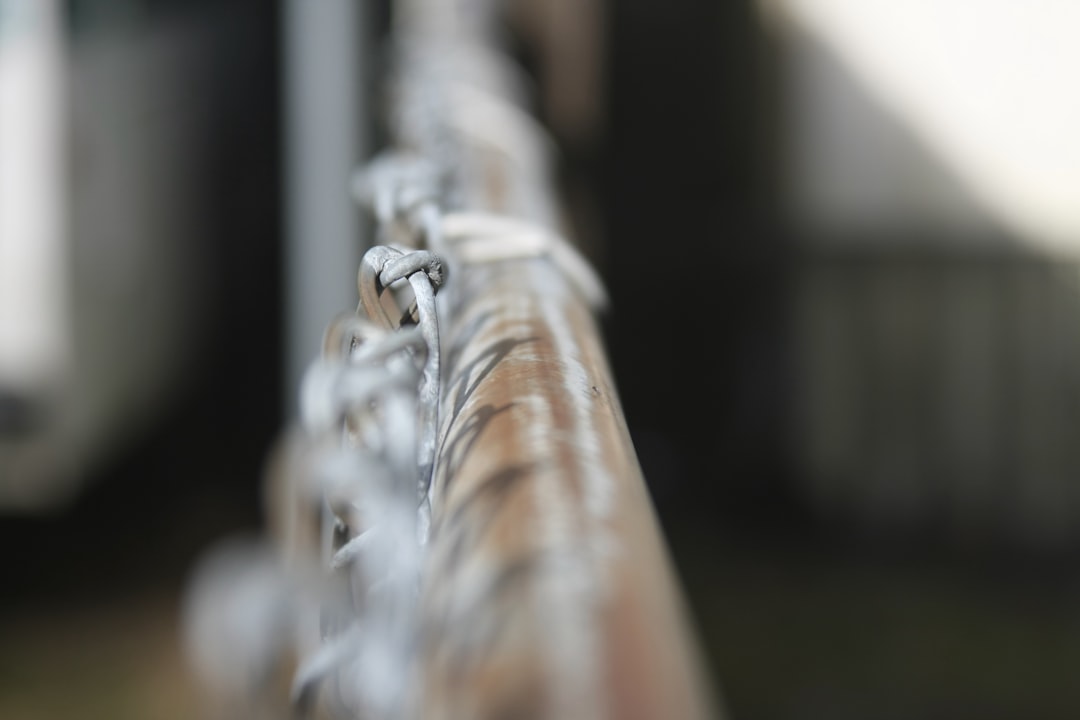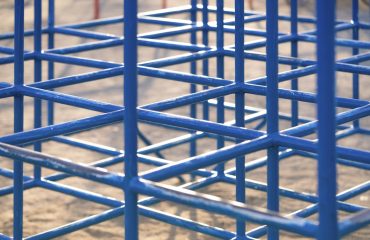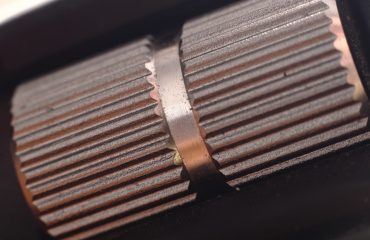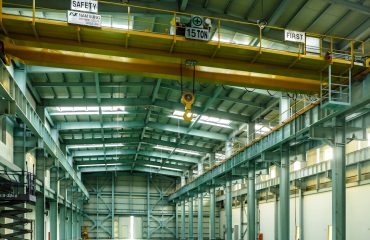Pipe bending and straightening are crucial processes in various industries, from construction and manufacturing to oil and gas. Achieving precise bends and ensuring straightness is essential for functionality, safety, and aesthetics. This comprehensive guide delves into the different methods, equipment, and considerations involved in mastering these techniques.
1. Understanding Pipe Bending Techniques: A Variety of Approaches
Pipe bending techniques are diverse, each suited to different pipe materials, diameters, and desired bend radii. The most common methods include:
- Manual Bending: This involves using hand tools like pipe benders for smaller diameter pipes. It’s suitable for smaller-scale projects and requires significant manual dexterity and strength. However, accuracy can be challenging, and it’s not suitable for large-diameter or thick-walled pipes.
- Hydraulic Bending: Hydraulic pipe benders utilize hydraulic pressure to bend pipes accurately and efficiently. This method is preferred for larger diameter pipes and allows for precise control over the bend radius. The versatility of hydraulic benders makes them suitable for various pipe materials.
- Rotary Draw Bending: This technique uses a rotating die and a clamping mechanism to pull the pipe through, creating a smooth, consistent bend. It’s often used for high-precision applications and minimizes the risk of pipe deformation or wall thinning.
- Roll Bending: Roll bending machines use three rollers to progressively bend the pipe. This method is ideal for creating large radius bends in long lengths of pipe and is commonly used in the manufacturing of large structures.
- Induction Bending: This method uses localized heating through induction to soften the pipe material before bending, allowing for tighter bends with less risk of cracking. It’s particularly useful for high-strength alloys that are difficult to bend using other methods.
2. Pipe Straightening Methods: Rectifying Imperfections
Pipes can become bent or misaligned during transportation, handling, or installation. Straightening methods aim to restore the pipe’s original straightness. Common techniques include:
- Manual Straightening: For minor bends, manual straightening using hammers and mallets might suffice. This method is labor-intensive and requires skill to avoid causing further damage to the pipe.
- Hydraulic Straightening Presses: These presses use hydraulic power to apply controlled force to straighten the pipe. They are more efficient and precise than manual straightening, handling larger and more severely bent pipes.
- Roll Straighteners: Similar to roll benders, roll straighteners use rollers to progressively straighten the pipe. They are effective for long lengths of pipe with multiple bends.
- Three-Roll Straightening Machines: These machines utilize three adjustable rollers to apply controlled pressure to straighten the pipe. They offer high precision and are suitable for a wide range of pipe diameters and materials.
3. Choosing the Right Equipment: Factors to Consider
Selecting the appropriate bending or straightening equipment depends on several factors:
- Pipe Material: Different materials (steel, copper, aluminum, etc.) have varying properties that influence the bending and straightening methods and equipment required.
- Pipe Diameter and Wall Thickness: Larger diameter and thicker-walled pipes require more powerful equipment.
- Desired Bend Radius: The desired bend radius dictates the type of bending equipment needed. Tighter bends require specialized techniques and equipment.
- Production Volume: For high-volume production, automated equipment is more efficient than manual methods.
- Budget: Equipment costs vary significantly, from simple hand tools to sophisticated automated machines.
4. Safety Precautions: Prioritizing Safety in Pipe Manipulation
Pipe bending and straightening can be hazardous if proper safety precautions aren’t taken. Essential safety measures include:
- Personal Protective Equipment (PPE): Always wear appropriate PPE, including safety glasses, gloves, and hearing protection.
- Proper Machine Operation: Thoroughly understand the operation of any equipment before use and follow all manufacturer’s instructions.
- Safe Work Practices: Maintain a clean and organized workspace, ensure proper ventilation, and avoid distractions.
- Emergency Procedures: Be prepared for emergencies and know how to respond to potential hazards.
- Regular Equipment Maintenance: Regularly inspect and maintain equipment to ensure safe and efficient operation.
5. Applications Across Industries: Where These Techniques Shine
Pipe bending and straightening are indispensable in a wide array of industries:
- Construction: Creating pipe networks for plumbing, heating, and cooling systems.
- Manufacturing: Producing components for various machinery and equipment.
- Oil and Gas: Constructing pipelines for transporting oil and gas.
- Automotive: Manufacturing exhaust systems and other components.
- Aerospace: Creating components for aircraft and spacecraft.
- Furniture Manufacturing: Creating custom metal furniture pieces.
Understanding the nuances of pipe bending and straightening, coupled with the selection of appropriate equipment and adherence to safety protocols, is crucial for successful project completion across diverse industrial applications. By carefully considering the factors outlined above, professionals can ensure efficient, precise, and safe manipulation of pipes, leading to high-quality results.
Tags: pipe bending, pipe straightening, hydraulic bending, pipe bending machine, pipe straightening equipment




